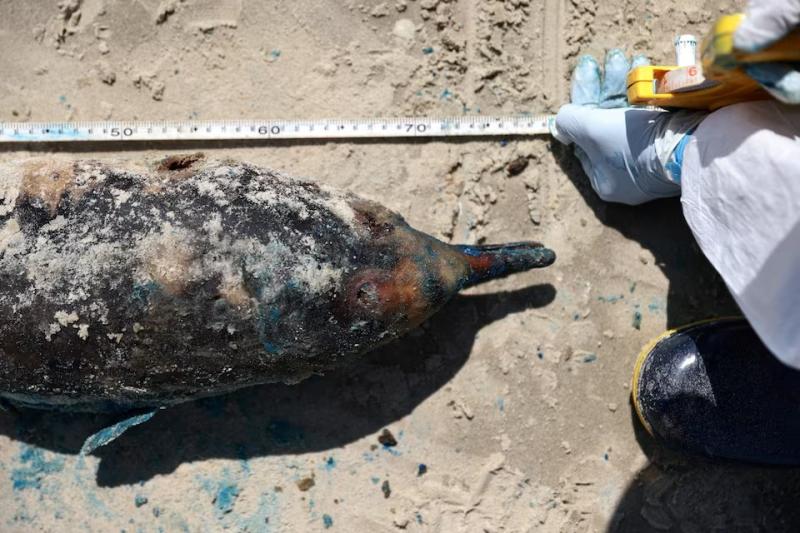Bird flu strain raises alarm as H5N1 virus kills South American wildlife



The deadly H5N1 bird flu virus has spread more aggressively than ever before in wild birds and marine mammals since arriving in South America in 2022, raising the risk of it evolving into a bigger threat to humans, according to interviews with eight scientists.
Of more immediate concern is evidence the disease, once largely confined to bird species, appears to be spreading between mammals. This strain has already killed a handful of dolphins in Chile and Peru, some 50,000 seals and sea lions along the coasts, and at least half a million birds regionwide.
To confirm mammal-to-mammal transmission, scientists would likely need to test infections in live animals.
"It's almost certainly happened," said Richard Webby, a virologist at St. Jude's Children's Research Hospital in Memphis, Tennessee. "It's pretty hard to explain some of these large infections and die off without having mammal-to-mammal spread."
The strain has shown up in dozens of bird species, including some migrating species, which can spread it beyond the region, scientists told Reuters.
As climate change escalates, animals will be forced to move into new territories, mixing with one another in new ways and possibly boosting opportunities for the virus to further mutate.
"It's a matter of time before you will detect the first South American strain in North America," said Alonzo Alfaro-Nunez, a viral ecologist …





We've been hearing about bird flu for over 2 decades now, but things have recently become more serious.
Covid has a mortality rate of 0.1% to nearly 5% depending on the country. (source)
If H5N1 has demonstrated a mortality rate of around 60% in humans, and if now it has indeed evolved a mammal-to-mammal infection capability, then a civilization-disrupting event many times more severe than Covid could possibly be right around the corner.
It could be as bad as the Black Death, which is thought to have killed 30-60% of the European population in the 14th century. (source)
The threat is there. A disaster may be just a few viral mutations away.
Considering the resistance from so many to Covid safety measures and vaccines, how well would we handle an H5N1 pandemic? Would a higher mortality rate make all the difference when it comes to vax rates and cooperation with safety measures, or might we be in for something bordering on apocalyptic?
Well, it is just the flu, right? /s
Yeah, no biggie. lol
I was glad to read that a vaccine is ready to go into mass production if needed.
That's promising, at least. If people will only take it if it becomes necessary.
A lot of people never read The Stand, and it shows.
I've been reading different articles on this and a friend is from Brazil and goes back on a regular basis being a doctor of oncology he has been keeping up with this and keeping me up with it as well.
This is a hazardous situation and with the added problem of the Amazon disappearing it has the possibility of exploding soon.
Another article says it killed 95% of seal pups in Argentina.
I mean, jeez, that's a big deal. And think of all the migrating birds making their way north right now. I hope my wrens don't show up infected.